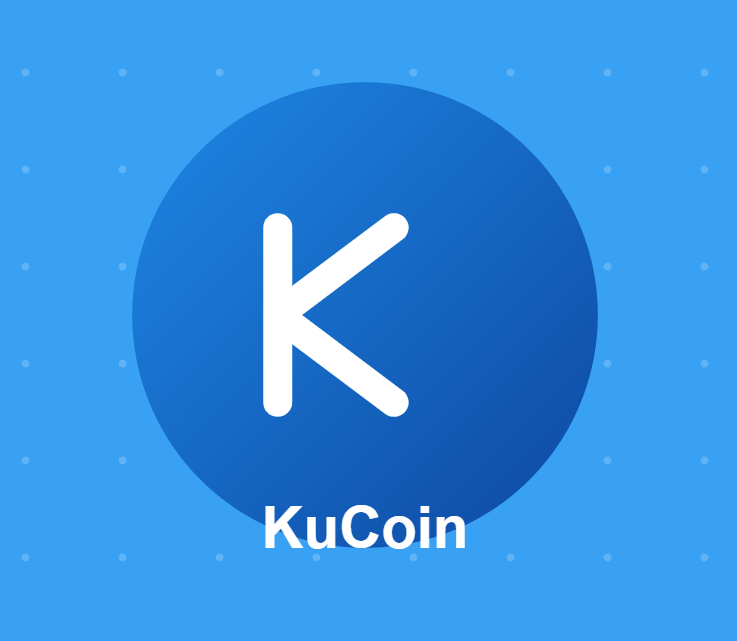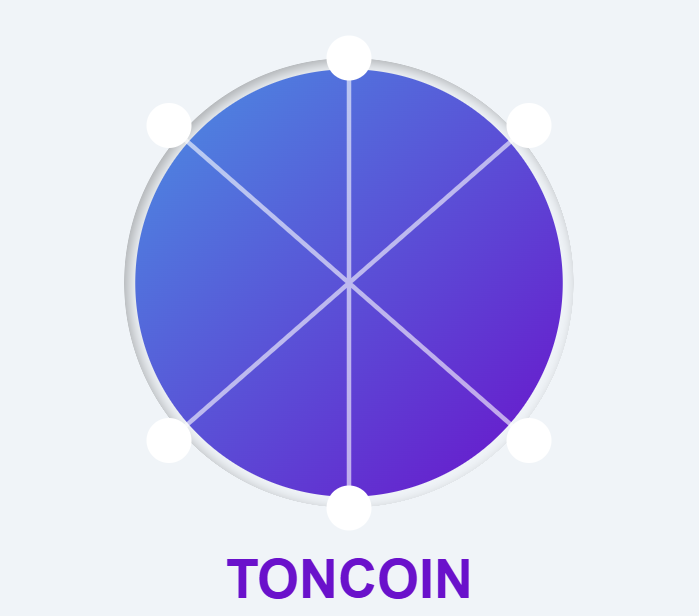
Dogecoin is a cryptocurrency that was created as a lighthearted and humorous response to the popularity of Bitcoin and other cryptocurrencies. It was introduced in December 2013 by software engineers Billy Markus and Jackson Palmer. The cryptocurrency quickly gained a dedicated community and became known for its popular Shiba Inu dog logo, which was based on the “Doge” internet meme.
Here are some key points about Dogecoin:
Technology: Dogecoin is based on the same underlying technology as Bitcoin, which is a decentralized peer-to-peer network known as blockchain. It uses a proof-of-work consensus algorithm, similar to Bitcoin’s, called Scrypt. However, Dogecoin has a faster block time of just one minute, allowing for quicker transactions and confirmations.
Supply: Unlike Bitcoin, which has a capped supply of 21 million coins, Dogecoin has no maximum supply limit. When it was created, billions of Dogecoins were put into circulation, and new coins continue to be produced with each block mined. As of my knowledge cutoff in September 2021, there were over 130 billion Dogecoins in circulation.
Community and Social Media: Dogecoin gained widespread attention due to its active and enthusiastic community, which was known for its charitable initiatives and tipping culture. The community often rallied behind various causes and sponsored events, including funding Olympic athletes and supporting charitable organizations. Dogecoin’s popularity was further fueled by its presence on social media platforms, particularly Reddit and Twitter.
Market Performance: Dogecoin experienced significant price volatility throughout its history. Initially, it had very little value, but it gained attention during the cryptocurrency bull run of 2017. However, its most notable surge in popularity occurred in early 2021, primarily driven by social media trends and endorsements from high-profile individuals like Elon Musk and Mark Cuban. This led to a massive price rally, with Dogecoin reaching an all-time high price of around $0.69 in May 2021. It is important to note that cryptocurrency markets can be highly speculative and volatile.
Use Cases: Dogecoin was initially created as a fun and lighthearted cryptocurrency, and its primary use case has been as a tipping currency on social media platforms. However, over time, some businesses and merchants have started accepting Dogecoin as a form of payment. Additionally, it has been used in various charitable initiatives and fundraising campaigns.
It’s worth noting that my knowledge is up until September 2021, and the cryptocurrency landscape can change rapidly. Therefore, for the most up-to-date information about Dogecoin, it’s recommended to refer to reliable sources and stay informed about recent developments in the cryptocurrency market.
Certainly! Here are some additional points about Dogecoin:
Memes and Cultural Impact: Dogecoin’s association with the popular “Doge” meme, featuring a Shiba Inu dog with captions written in Comic Sans font, played a significant role in its cultural impact. The meme’s light-hearted and humorous nature contributed to the appeal and widespread recognition of Dogecoin. It has become a symbol of internet culture and has been referenced in various forms of media.
Dogecoin Foundation: In 2014, the Dogecoin community established the Dogecoin Foundation, a non-profit organization focused on promoting and supporting Dogecoin adoption and charitable efforts. The foundation sponsored initiatives such as fundraising for clean water projects, disaster relief efforts, and educational campaigns. However, the Dogecoin Foundation became less active in subsequent years.
Development and Updates: While Dogecoin was initially developed and maintained by its creators, the development team has changed over time. The open-source nature of Dogecoin allows anyone to contribute to its development and make improvements. As with any cryptocurrency, updates, bug fixes, and security enhancements are important for the longevity and stability of the network.
Acceptance and Adoption: Dogecoin’s acceptance as a payment method has grown over time. Some online platforms, businesses, and merchants started accepting Dogecoin as a means of payment for various goods and services. However, it’s important to note that the level of adoption may vary, and acceptance of Dogecoin may not be as widespread as more established cryptocurrencies like Bitcoin or Ethereum.
Regulatory and Legal Considerations: As with any cryptocurrency, the regulatory landscape surrounding Dogecoin and other digital assets can vary by jurisdiction. It’s essential for individuals and businesses to understand the legal implications, tax obligations, and any applicable regulations regarding the use, acquisition, or trading of Dogecoin in their respective countries.
Remember that cryptocurrency markets are highly volatile, and investing in cryptocurrencies like Dogecoin carries risks. It’s crucial to conduct thorough research, understand the potential risks and rewards, and make informed decisions based on your own financial circumstances and risk tolerance.
Please note that the information provided here is accurate as of my knowledge cutoff in September 2021, and there may have been new developments or changes since then. Stay informed by referring to reliable sources and staying updated on the latest news and trends in the cryptocurrency space.
Certainly! Here are some more details about Dogecoin:
Development and Community Support: While Dogecoin was initially created as a fun and lighthearted project, it has gained a dedicated community of developers and enthusiasts who continue to contribute to its development. The community actively supports the cryptocurrency by maintaining wallets, developing applications, and proposing improvements to the network.
Forks and Derivatives: As an open-source cryptocurrency, Dogecoin has served as the basis for various forks and derivatives. These projects often make modifications to the original Dogecoin codebase to create new cryptocurrencies with different features or purposes. Some examples of Dogecoin forks include DogecoinDark, Dogethereum, and Dogecoin Cash.
Network Security: Dogecoin’s security relies on the decentralized nature of its blockchain network and the consensus mechanism. The Scrypt algorithm used by Dogecoin requires significant computational power to mine new blocks, which helps protect the network against potential attacks. However, like any cryptocurrency, Dogecoin is not completely immune to security risks, and users should take appropriate measures to secure their wallets and transactions.
Dogecoin in Popular Culture: Dogecoin has gained recognition and references in popular culture beyond the cryptocurrency space. It has been mentioned in TV shows, movies, and music, further contributing to its cultural impact and recognition.
Environmental Impact: Dogecoin, like many other cryptocurrencies, relies on energy-intensive mining processes. The environmental impact of Dogecoin mining, similar to Bitcoin and other proof-of-work cryptocurrencies, has been a topic of discussion and concern. As the industry evolves, alternative consensus mechanisms that are more energy-efficient, such as proof-of-stake, have gained attention as potential solutions to reduce the carbon footprint of cryptocurrency networks.
It’s important to note that the cryptocurrency market is highly dynamic, and the information provided here may not reflect the current state of Dogecoin. Stay updated on recent developments and news related to Dogecoin through reliable sources and official announcements from the Dogecoin community.
Please let me know if there’s anything else you’d like to know about Dogecoin or any other topic!



